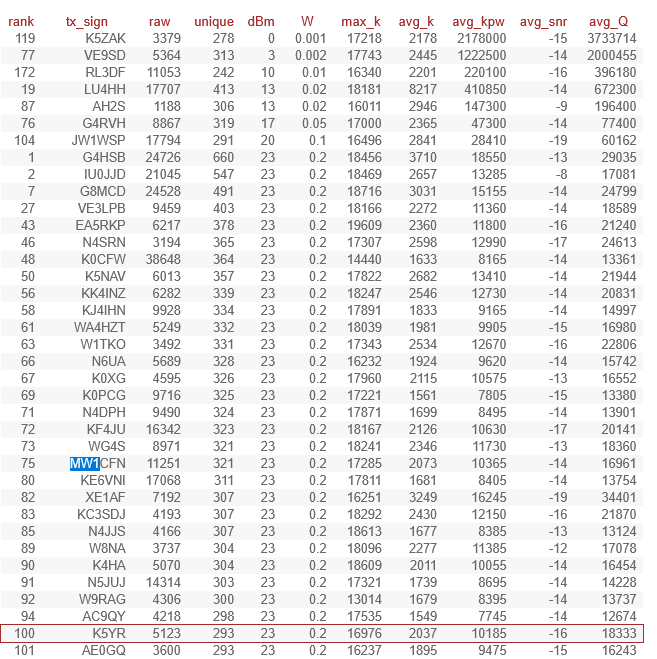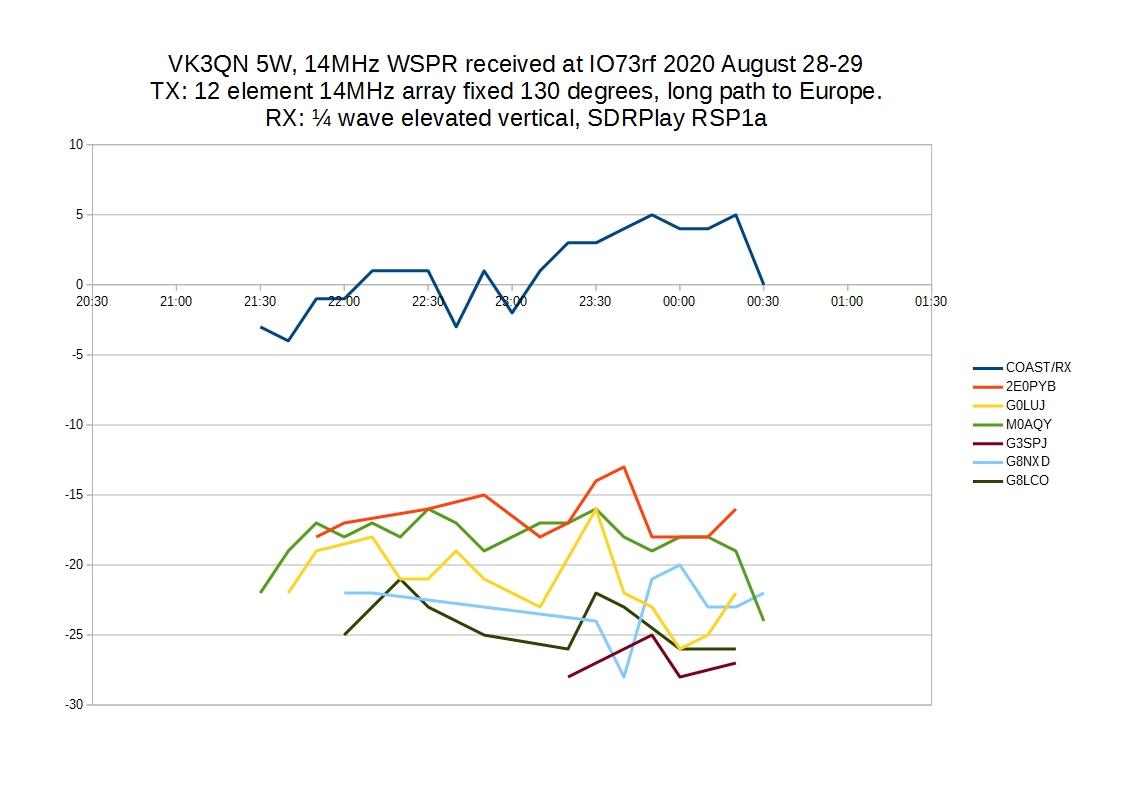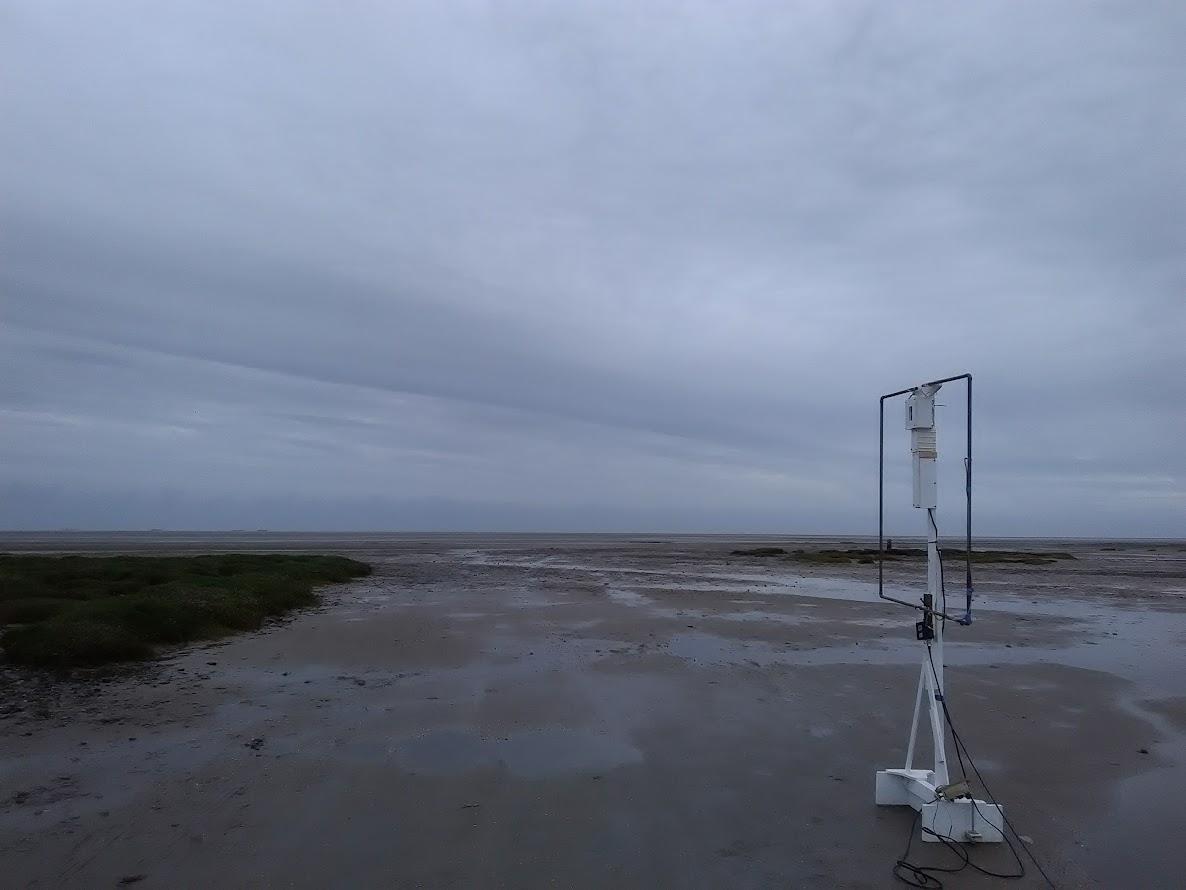MW1CFN
MW1CFN@mastodon.radioTurns out that, when sorted in a sensible manner, i.e. according to output (but not taking antenna type into account - some use Yagis and huge rhombics), I end up 26th position, globally, with a simple 1/4 wave antenna with two elevated radials by the lake at 14MHz WSPR.
I really need to set on up by the sea for an extended period. Time to talk to one of those landed gentry, ancestors were friends of William the Conqueror types...
MW1CFN
MW1CFN@mastodon.radio@jmorris With a good environment, it certainly can be.
This is especially true of ultra-low angle propagation, where no horizontal HF Yagi can ever access.
I get a lot of angry pushback from people about results from the beach. The true cause of the hate? They don't have access to the sea.
https://mw1cfnradio.blogspot.com/2021/03/strong-long-path.html
MW1CFN
MW1CFN@mastodon.radio@jmorris Yes, that was done. The difference was less than 1dB. My home QTH was rural, elevated and had a partial view of the sea.
https://mw1cfnradio.blogspot.com/2020/05/noise-of-waves.html
I did loads of experiments on this. Other evidence from that time is in the form of comparisons with other known-to-be-good UK receivers.
The huge potential of coastal locations was highlighted by Les Moxon. Marconi even set up his 1910s VLF stations in coastal and otherwise wet places.
MW1CFN
MW1CFN@mastodon.radio@jmorris Yes, that was a good place, but where I am now is nowhere near as good. Big solar farms went up near my old QTH after we left and an even bigger one is now approved there.
TBH, it's a mug's game to invest too much in a home station these days. I always preferred /p anyway because the environment gives hugely more advantage than a large HF Yagi and freedom to escape local RFI.
MW1CFN
MW1CFN@mastodon.radio@jmorris Also, maybe try a magnetic loop. I have many and despite having had Yagis and big wires, loops remain magical and being such high-Q antennas, usually lead to significantly lower noise levels.
Ignore those who say they're inefficient (even the calculators are way off). I've done the studies with bias-free WSPR and they are wrong.
James Morris
jmorrisLoops seem to be a reasonable option for vehicle mounted HF as well. They may look ungainly but so does everything if you want to cover 3-30 MHz.
MW1CFN
MW1CFN@mastodon.radio@jmorris For RX-only (and never having switched on when transmitting anywhere near it, as it will be destroyed, even at QRP), I heartily recommend the WellGood amplifier by George Smart.
https://www.george-smart.co.uk/projects/wellgood-loop/
I've a couple of these and they are very good.
But I do advise you add a 'power-on' LED to any enclosure you may add, to warn against transmitting on another set-up.
Magloops (TX/RX) easily fit in a car, so can be plonked on a beach or field easily; roof mounting not required.



